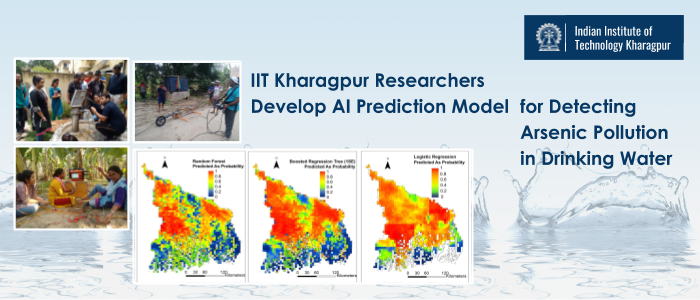
Studying Plastic Pollution in the Ganga with National Geographic
Ganga, the life source of Northern and Eastern India is a prominent area of study by researchers from diverse disciplines, a key among them is the environment. In 2019, the National Geographic Society organized the expedition "Sea to Source: Ganges" to scientifically document plastic waste in the Ganges watershed and support holistic and inclusive solutions. A proud partner in this women scientists-led expedition was IIT Kharagpur along with the Isabela Foundation, University of Dhaka, the Wildlife Institute of India, and Wild Team Bangladesh. Researchers and students from an environment-focused group at the Dept. of Civil Engineering, IIT Kharagpur participated in…


